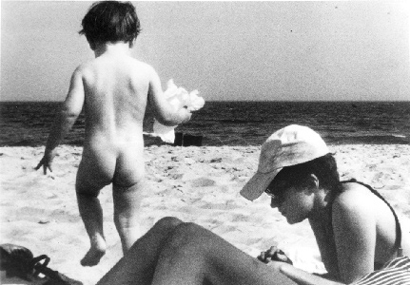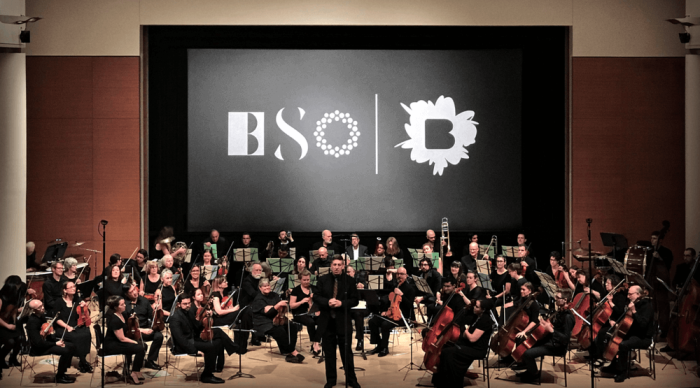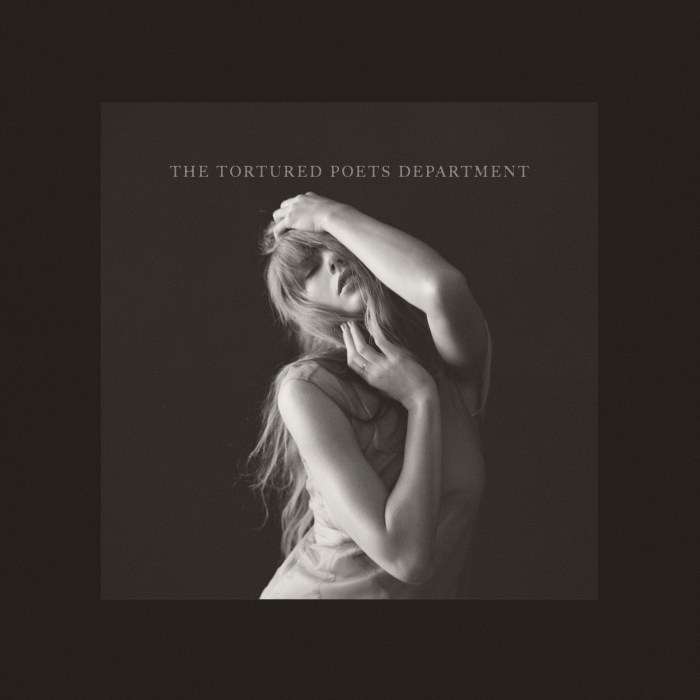MoMA retrospective salutes local lesbian auteur
Thirty years ago Su Friedrich moved to New York, and for nearly as long, she has been patiently creating a body of subversively autobiographical, formally daring films. Usually filed under lesbian, feminist, or experimental cinema, her work surpasses category. MoMA’s mid-career retrospective, like a cherry on their two-scoop queer series this summer, is a welcome chance to catch up with Friedrich’s recent video works and marvel again at her classics.
The city into which Friedrich emerged in 1978 with her first Super-8 short “Hot Water” sure was a different place. Beguiling urban views punctuate her early work, one of their incidental charms: the vanished Orchard Street souk in “Cool Hands, Warm Heart” (1979), weathered, cheek-by-jowl sidewalk merchants selling essential goods at humane prices; overhead angles of working girls on the stroll along the Sara Delano Roosevelt park in “But No One” (1982), shot from the roof of Friedrich’s old building on Forsyth Street.
In 1984 Friedrich made a quantum breakthrough with the feature-length “The Ties That Bind,” probing historical memory and lineal responsibility through a portrait of the artist’s mother Lore Bucher, whose childhood in Ulm, Germany, was shadowed by Hitler’s rise. Emulsion-scratched questions alternate with Lore’s account heard in voiceover while we observe her in asynchronous black-and-white footage.
As a young woman Bucher met and was brought to the U.S. by the Yankee soldier Paul Friedrich, who would later achieve renown as a linguist, divorce her in 1965, and become the subject of his daughter’s film “Sink or Swim” (1990). The coruscating sensual beauty of “Sink or Swim” manifests in shifting counterpoint with its nerve-stripping honesty. Twenty-six poetically condensed, intermittently harrowing chapters from Friedrich’s life with dad are organized around an inverted alphabetical schema, from Zygote to the mythic Athena, Atalanta, and Aphrodite.
“The Ties That Bind” and “Sink or Swim” were prefigured in part by the current in 1970s documentary and feminist filmmaking that trained the camera on filmmakers’ own private lives. In turn, Friedrich’s singular innovations upon the form helped catalyze the early-’90s explosion of what cinema scholar Michael Renov has called “domestic ethnographies.” Yet Friedrich has never paraded traumas or “secrets” lightly; her disclosures are always tempered by great formal rigor and open continually outward, revealing layered historical and social inscriptions.
A second breakthrough occurred with “The Odds of Recovery” (2002), an anamnesis of Friedrich’s six surgeries across her adult lifetime, owing to various causes and complications from abnormally elevated levels of the hormone prolactin. Beginning with removal of a massive cyst from her spleen in 1977, Friedrich leads us through an odyssey of physical traumas, alienation in the maw of the medical/industrial complex, emotional turmoil and relationship stress, forays into Eastern medicine and T’ai Chi, and ultimately a reconstituted equilibrium, far from the gloomy conclusion initially implied.
“The Odds of Recovery” is at once Friedrich’s most approachable and visceral work to date. Trading emulsion-etched lettering for lime-on-black title cards, Friedrich combines metallic camcorder examining-room footage with luscious 16mm passages of her garden in Brooklyn, an ideal space of turtles and mockingbirds, or of herself calmly stitching a needlepoint roundel depicting her history of illness as a vining creeper, the busy needle evoking a scalpel. Friedrich indicts medical negligence merely by playing back her physicians’ obtuse questions or infantilizing prattle. And yet, “Until I started trying to be healthy,” she admits, “I didn’t realize how invested I was in being sick.”
The retrospective also includes the local premiere of Friedrich’s newest video, “Seeing Red” (2005). Stepping off in a seemingly buoyant vein, she takes the simplest of motifs as the vehicle for a diaristic set of mordant riffs. Sanguine tulips, a child’s carmine windbreaker, construction-site safety netting, a robin’s breast—a whole giddy menagerie alternates with a series of static self-portraits cropping her face just out of frame while she addresses the viewer through an ostentatiously clipped-on wireless mic, accompanied by samples from Glenn Gould’s rendition of Bach’s “Goldberg Variations.”
Friedrich recites the audio-visual dictum that “red doesn’t look good on camera” while lavishing your eyes with opposing evidence. Aleatory details—a close-up of a street vender’s dyed hands dispensing an Italian ice and counting out dollar bills, a black boy daydreaming alone on a playground—tremble with feeling. Perhaps there could have been a fraction less product placement for Staples. But altogether, “Seeing Red” reveals the artist declining to coast on laurels, pushing herself—and us—toward newer shores of perception through scrupulous attention to infinite configurations within the superficially similar. When we see red, she asks, are we really seeing it?
In a program note reprinted in the Collective for Living Cinema’s 1982 compilation “10 Years of Living Cinema,” Friedrich wrote, “I also respect those dreams that can create an uncanny confusion between what was dreamt and what was done ‘in real life.’ … In general I am more concerned with finding ways to integrate the (harsh) wisdom of dreams into my life…”
Adept as ever at mining “uncanny confusions,” Friedrich still has a lode of wisdom to impart. At meridian she’s discovered that it need not be harsh. And we can keep on dreaming with her.
gaycitynews.com


































